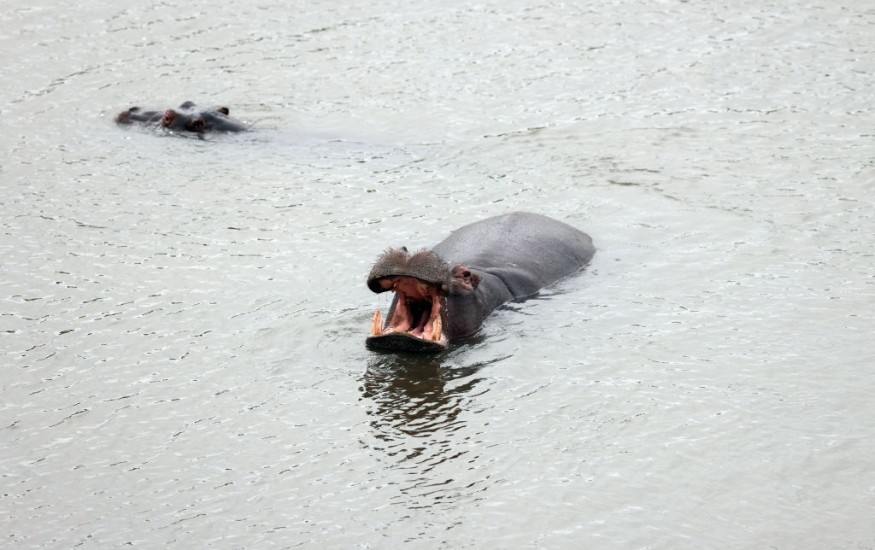Researchers have found that hippopotamuses can be airborne for substantial periods of time.
As some of the largest land animals, hippopotamuses can weigh up to 2,000 kg. Therefore, the fact that they can take to the air will surprise many.

Enormous Animal
Although most people only see them floating through the water or relaxing on a bank, a recent study indicates that these enormous terrestrial animals are capable of staying in the air for extended periods of time.
According to a recent study, while trotting quickly, their feet can leave the ground for as long as 0.3 seconds at a time.
Despite being amphibious, the findings imply that they are capable of pushing the boundaries of what appear to be the capabilities of enormous terrestrial animals.
The results, according to researchers, will advance our knowledge of how enormous animals' sizes affect how they move on land.
According to earlier research, the animals frequently walk like elephants-that is, in a typical four-footed (quadrupedal) gait with left fore, right hind, and right fore as the order of step. However, other research has asserted that when they move simultaneously, they trot with their diagonal feet.
Whether hippos take to the air when they move quickly-a phenomenon less prevalent in larger animals but widespread in other mammals like horses-has not yet been determined by researchers.
The leading author of the study and evolutionary biomechanics professor John Hutchinson noted that working with hippos is challenging since they are rarely taught for research in zoo collections and instead prefer to stay in the water.
Evolutionary Biomechanics Of Hippos
The team is excited to present the first study that focuses just on elucidating the walking and running patterns of hippos. Hutchinson said he was pleasantly astonished to witness how impressively hippos can take off when they move swiftly.
Hutchinson, together with Emily Pringle, a former RVC undergraduate student, gathered video footage from Flamingo Land Resort in North Yorkshire, capturing the movements of two hippos during the day in their paddock.
In addition, they obtained internet videos of hippos in motion, which offered a wider variety of behaviors and motions than those of hippos kept in captivity.
After analyzing the data, scientists discovered that, remarkably for land animals, hippos virtually always trot, regardless of whether they are moving swiftly or at a sluggish pace.
A greater variety of walks is typically found in other terrestrial animals. For instance, rhinoceroses can walk like a typical quadruped, trotting and galloping as their pace increases, just like a horse.
Elephants can sprint fast, but they can only walk normally-not trot-and never leave the ground with all four feet on the ground.
The study will aid in the reconstruction of the evolutionary biomechanics of the hippo lineage and help veterinarians in the diagnosis or treatment of lame or impaired hippos.
According to Flamingo Land Resort's science and conservation officer, Kieran Holliday, learning more about the species we work with will only help us provide them with better care in the future.
Additionally, the fact that this paper has uncovered potentially new discoveries regarding hippo locomotion may have positive effects on husbandry and enclosure design for the larger zoo community.
© 2025 NatureWorldNews.com All rights reserved. Do not reproduce without permission.





